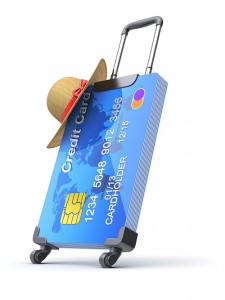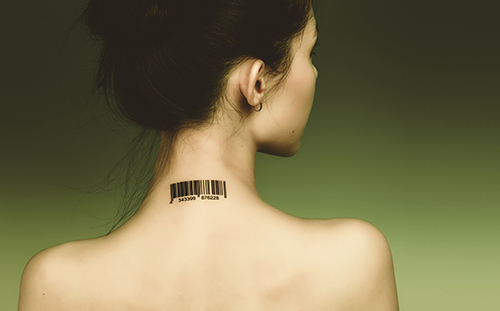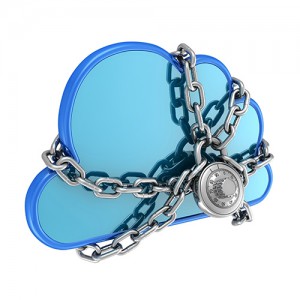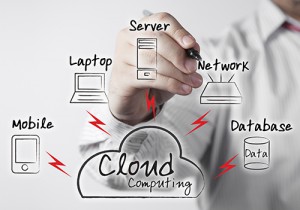 There have been several high profile cyber attacks over the last two years, some for financial gain, some out of malice, and some from hacktivists trying to right what they see as moral wrongs. Has anything changed since these security breaches? Do we take security more seriously now? Do company leaders pay more attention to technology and security?
There have been several high profile cyber attacks over the last two years, some for financial gain, some out of malice, and some from hacktivists trying to right what they see as moral wrongs. Has anything changed since these security breaches? Do we take security more seriously now? Do company leaders pay more attention to technology and security?
Grey Hat Hacktivism
I wrote about grey hat hacktivism after the breach of the Ashley Madison website. Hackers threatened to publish the names of Ashley Madison members unless the site was taken down. They did this under the guise of moral outrage that the website was encouraging and enabling adultery by matching members. The hackers later published a few of the names, and then the full list. Whether the full list was published purposefully or accidentally is still unclear.
While the hack and the revelation of member names has interrupted many lives, Ashley Madison and its parent company, Avid Life Media, are still operating as usual. The CEO resigned last year after the breach, but the company states it “continues to have strong fundamentals with tens of thousands of new members joining AshleyMadison.com every week.” If the company claims are true then the hackers did not succeed in their objective. Hopefully it has caused people to be more careful about their own security and dealings on the internet. There is no evidence that Ashley Madison has changed its security policy to prevent future hacks.
Right on Target
In December 2013, Target was breached and 40 million debit and credit card accounts were exposed. In the aftermath, Target hired cybersecurity experts to probe the network and they found that once inside, hackers had access to every single cash register in every store. Target has taken steps to ensure this particular breach will not be repeated. It is thought that the initial entry came through a heating and air conditioning contractor who had a virtual private network (VPN) tunnel into Verizon for the purposes of exchanging contracts and work orders. Once the contractor was breached, the hackers had access to Verizon through the VPN and once in Verizon, they could go out to the point of sales systems to collect customer information. Even one weak link can cause incredible damage.
It is not clear how much customer information was actually used or sold but Target suffered, at least temporarily. Short-term earnings were down after customers lost confidence in the company. The CEO and CIO both resigned over the incident and Target has since worked to examine every aspect of their network for possible security holes. In short, security is serious business now, even at the highest levels.
Sony Hack
In November 2014, hackers breached the Sony Studios network and made public information about personnel, including salaries, unreleased films, and e-mail correspondence between Sony employees. They demanded that the upcoming movie, “The Interview” not be released. The movie was a spoof about North Korea, which led to the conjecture that the North Koreans were behind the hack. I will go on record as saying that I believe that the hack was an inside job, either by disgruntled employees or perhaps even orchestrated by the company to create publicity around a potentially bad movie. In any case, the movie was not released to theaters right away and Sony Pictures chief Amy Pascal was fired. It is not clear what Sony has done to shore up their defenses from further attacks but this is a case where limited and targeted inside information was exposed instead of customer information.
Thoughts
These are just three of the recent high profile attacks perpetrated for financial gain, moral outrage or embarrassment. High-level executives lost their positions and organizations lost credibility in the eyes of customers. Here are three take away messages for me:
- Security does matter and it should matter in the highest levels of an organization. In the old days, the shop proprietor locked the front door when she went home at night, but it is not that simple anymore. With the increase in cloud computing and storage, there are a lot more doors to secure. It is complex and it is important.
- Organizations need to evaluate their security threats from both the outside and the inside. Employees know the systems and networks better than hackers. Are they with you or against you? How do you know?
- Security matters to each individual. We need to be diligent about our own digital presence and tracks on the Internet. Are your transactions secure? Are you using solid passwords? Are you encrypting your personal information when necessary? We all have a personal responsibility in that regard.
Those are my thoughts. Let me know what you think.
Kelly Brown is an IT professional and assistant professor of practice for the UO Applied Information Management Master’s Degree Program. He writes about IT and business topics that keep him up at night.













